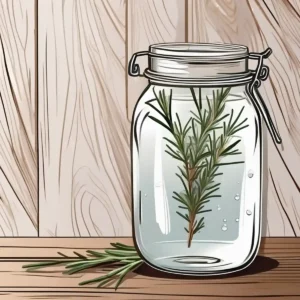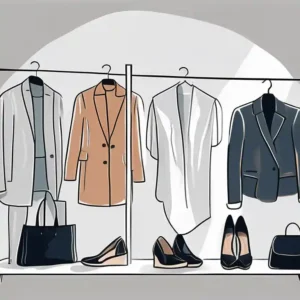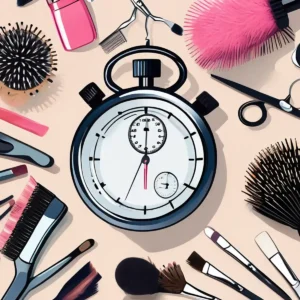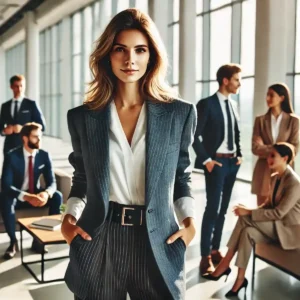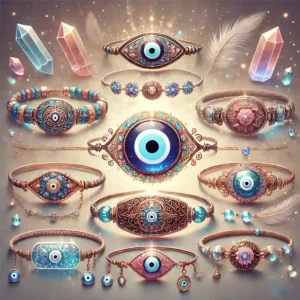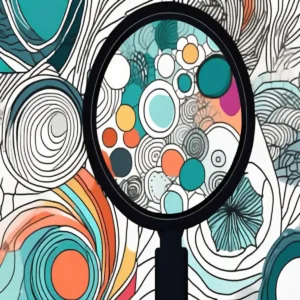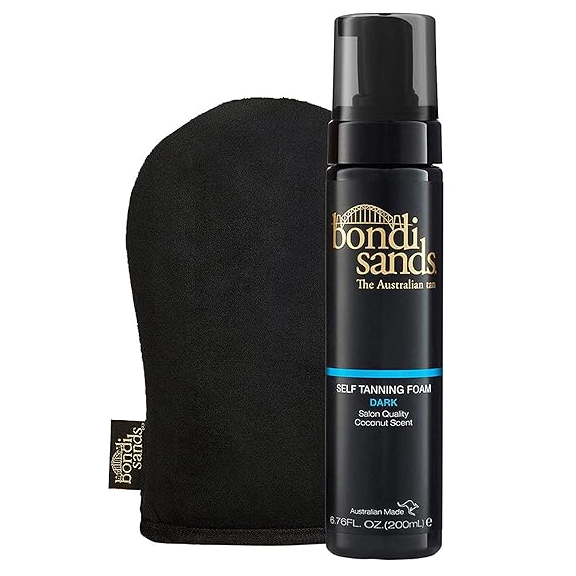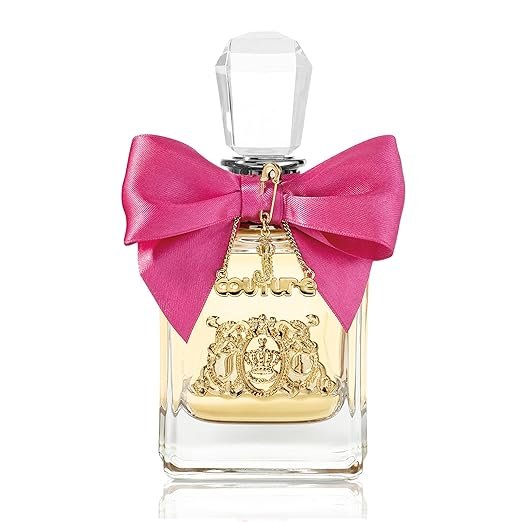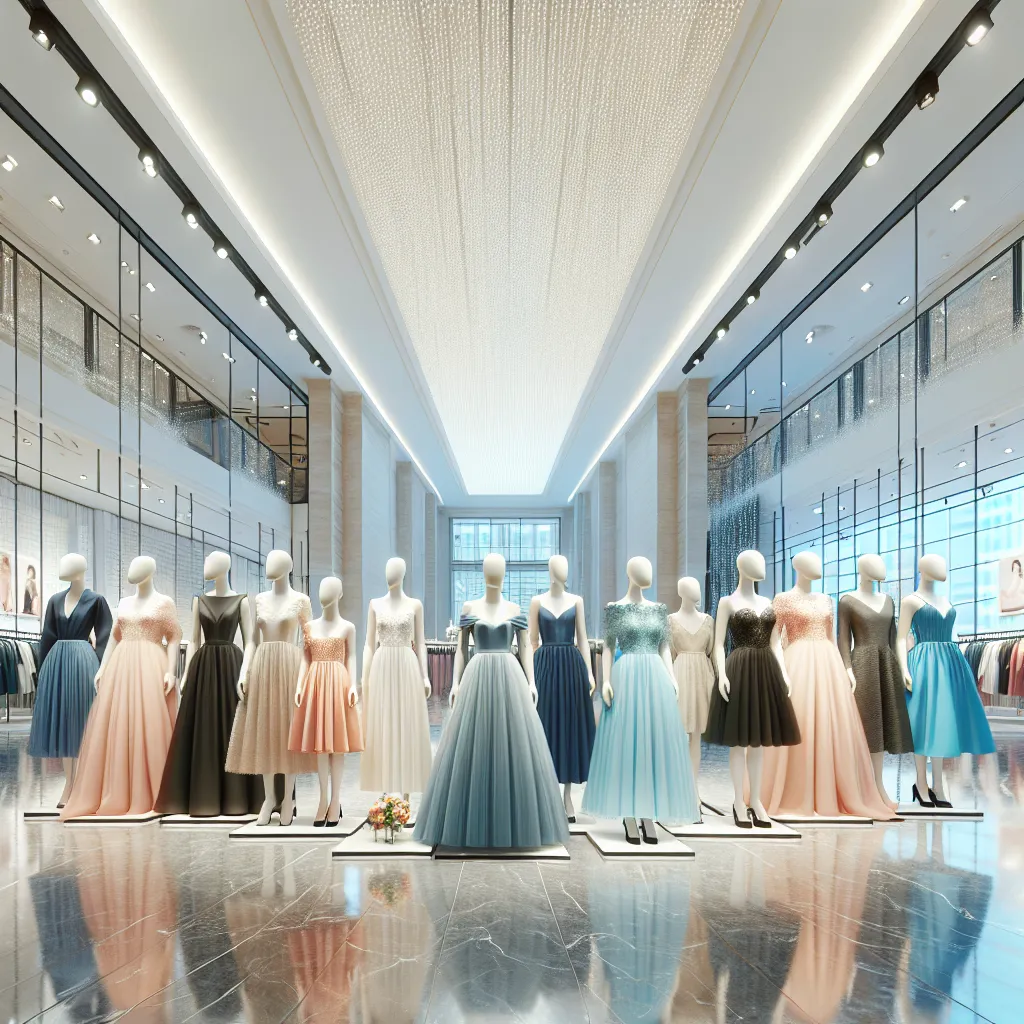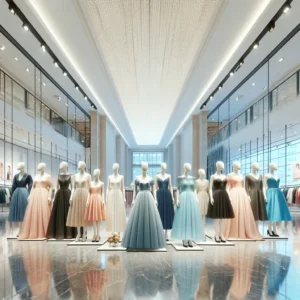
Where to Buy Graduation Dresses
Graduation day is an important milestone in every student’s life. I bet you didn’t even contemplate where to buy graduation dresses until right before graduation. (You are here now) It’s a day filled with joy, accomplishment, and celebration. And what better way to mark this special occasion than by wearing a beautiful graduation dress? Whether you want to buy a dress, rent one, or have it custom-made, there are plenty of options available. In this article, we will explore different avenues for finding that perfect graduation dress. Understanding the Importance of Graduation Dresses Before we dive into the various places where you can buy graduation dresses, let’s take a moment to understand why these dresses hold such significance. Graduation dresses are not just an outfit; they are a symbol of accomplishment and transition. They represent the end of one chapter and the beginning of another. Wearing a graduation dress helps to create a sense of unity and pride among the graduating class. It’s a way to honor the hard work and dedication that led to this milestone moment. The Tradition of Graduation Dresses The tradition of wearing special attire for graduation dates back many years. Originally, graduation gowns were designed to create a sense of equality among students, regardless of their socio-economic background. Over time, graduation dresses have evolved to become more than just gowns; they now include a variety of styles, lengths, and colors. Today, graduation dresses are not only a reflection of tradition but also an expression of individual style and personality. Choosing the Right Graduation Dress When it comes to choosing the right graduation dress, there are a few factors to consider. Firstly, think about the dress code for your graduation ceremony. Some schools have specific guidelines or color schemes that need to be followed. Secondly, consider your personal style and body type. Look for a dress that flatters your figure and makes you feel confident and comfortable. Lastly, set a budget. Graduation dresses can vary in price, so it’s important to have a clear idea of how much you are willing to spend. Now, let’s delve deeper into the tradition of graduation dresses. The practice of wearing special attire for graduation can be traced back to medieval times. During this period, universities and educational institutions were closely affiliated with the church. As a result, graduation ceremonies were often held in religious settings, and students were required to wear robes as a sign of respect and reverence. These robes, known as academic regalia, were initially designed to keep students warm in the cold stone buildings where ceremonies took place. They were typically made from heavy, dark-colored fabrics such as wool or velvet. Over time, the robes became more elaborate, with additional features such as hoods, tassels, and intricate embroidery to denote the wearer’s academic achievements and field of study. Today, graduation dresses have become a cherished tradition in educational institutions around the world. They serve as a visual representation of the years of hard work and dedication that students have put into their studies. Graduation dresses are not only a symbol of academic achievement but also a reminder of the friendships and memories made during the educational journey. Online Stores for Graduation Dresses Shopping for graduation dresses online offers a convenient and wide-ranging selection. Here are some advantages of online shopping for graduation dresses: Advantages of Online Shopping for Graduation Dresses Moreover, shopping for graduation dresses online allows you to avoid the hassle of crowded malls and long lines. You can shop from the comfort of your own home, saving time and energy that can be better spent on other graduation preparations. Top Online Retailers for Graduation Dresses If you decide to shop for your graduation dress online, here are some popular online retailers to consider: Each of these online retailers provides a user-friendly shopping experience, with detailed product descriptions and sizing guides to help you make the right choice. Additionally, many online stores offer fast shipping options, ensuring that you receive your graduation dress in time for the big day. Physical Stores for Graduation Dresses If you prefer a more hands-on shopping experience, visiting physical stores can be a great option. Here are some benefits of in-store shopping for graduation dresses: Benefits of In-Store Shopping for Graduation Dresses When you step into a physical store to find your ideal graduation dress, you immerse yourself in a world of fabrics, colors, and styles. The ambiance of a boutique or a store dedicated to formal wear adds a touch of excitement to your shopping experience. The racks adorned with a myriad of dresses, each with its unique charm, invite you to explore and find the one that resonates with your personal style. Moreover, the in-store experience allows you to engage all your senses in the selection process. You can feel the quality of the fabric, admire the intricate details up close, and envision how the dress will complement your overall look on your special day. The ability to touch, feel, and see the dresses firsthand provides a level of confidence in your choice that online shopping may not always offer. Popular Physical Stores for Graduation Dresses If you’re looking to visit physical stores for your graduation dress, here are some popular options: Custom-Made Graduation Dresses If you have a specific vision for your graduation dress and want something truly unique, consider getting a custom-made dress. Here’s what you need to know: The Process of Getting a Custom-Made Dress Getting a custom-made graduation dress involves working closely with a tailor or designer to bring your vision to life. The process usually starts with a consultation, where you discuss your ideas, preferences, and budget. From there, the tailor will take measurements and create a personalized pattern. Once the dress is made, there will be fittings and adjustments to ensure a perfect fit. Where to Find Tailors for Custom-Made Graduation Dresses Finding the right tailor or designer for your custom-made graduation dress may seem daunting, but there are a few

